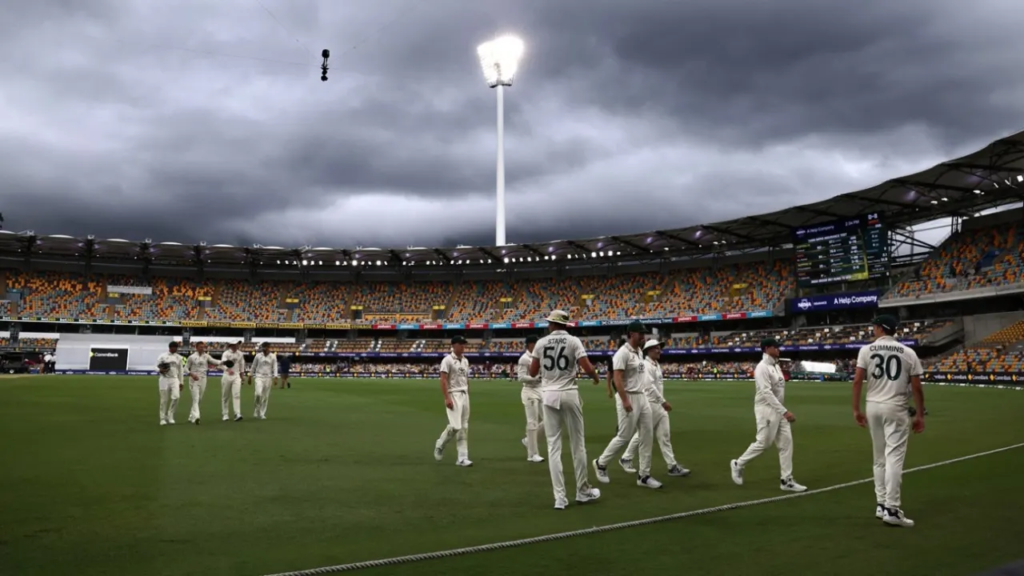
Solution to bad light problems in Tests pushed by Cricket Australia as the CEO believes these problems should not exist in 2025.
Solution to bad light stoppages is being pursued by Cricket Australia so that the game can continue even in less than ideal conditions.
The game needs to figure out how to suspend play due to terrible lighting, according to Todd Greenberg, the new CEO of Cricket Australia, who emphasises that the paying fans must come first.
Since taking Nick Hockley’s place at CA last month, Greenberg has participated in his first set of ICC meetings, which were recently held in Harare.
As cricket vies for attention, Greenberg finds it upsetting to watch players leave the pitch when the light begins to wane, even when his email is filled with many important matters.
“My view has always been we are in the entertainment business and so if we’re in the entertainment business that means we’re trying to make sure as many fans can enjoy their cricket as possible,” he told the Daily Telegraph.
“The frustration that goes when we walk off with bad light is we may be one of the last industries left that would do that. We need to find ways to innovate and figure out solutions so that doesn’t happen in the future.”
The usage of pink balls in day-night Test cricket, which is only frequently played in Australia, has increased awareness of the problem of poor light. To address bad light, a number of methods have been proposed, such as flipping between coloured balls, however this has often been seen as going too far.
When floodlights are available, traditional daytime tests can continue under them, allowing for more play than would have been possible in the past. However, umpires will remove players from the pitch when artificial light overpowers natural light; a common rough guideline is when the light tower shadows are clearly visible on the pitch.
“I’m a realist and I understand why [play stops for bad light] and I understand the difficulties, but ultimately we want to give fans the best outcomes and there is nothing more frustrating than having to go off for bad light, particularly in an environment where we can play under lights be it with different coloured balls or different technologies,” Greenberg said.
“The players are part of the solution and we need to communicate really well with them. I’m a realist to know that it won’t be solved overnight, but geez, it’s 2025 and we can play in different conditions, I’m certain we can come up with a way to solve some of those challenges.”

